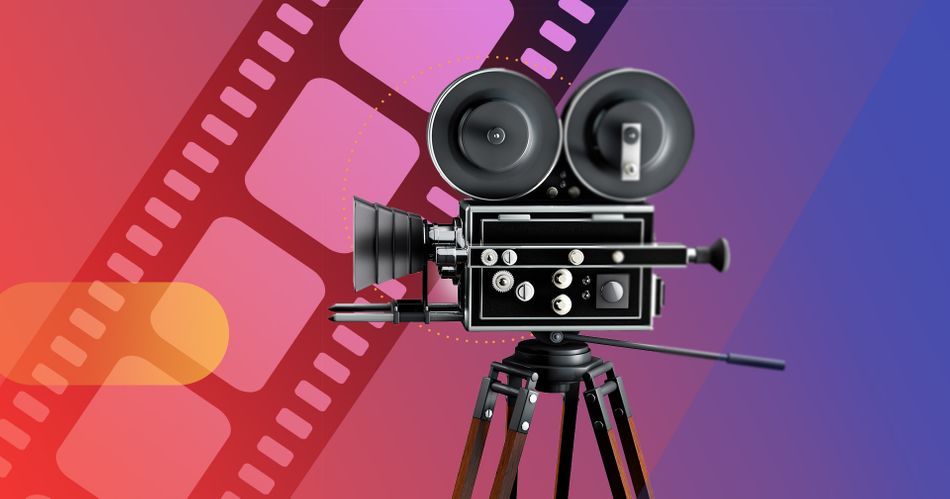
Anne Coates’ legacy in film editing spans over half a century. In this period, she has served as a silent but influential partner to several illustrious directors, such as Sidney Lumet, David Lynch, Milos Forman, Lawrence Kasdan, and Steven Soderbergh. Her editing prowess shines in an array of films, some even more valuable than the crown jewels of England. From her first venture with ‘The Pickwick Papers’ in 1954, she contributed to classics including ‘Lawrence of Arabia’ (earning her an Oscar), ‘The Elephant Man’, ‘Ragtime’, ‘Chaplin’, ‘In The Line of Fire’, and ‘Erin Brockovich’.
Despite her immense talent and contributions, Anne remains humble and down-to-earth. She believes in the role of serendipity in her career, but it’s evident that mere luck cannot account for her consistent brilliance over the years. Anne doesn’t waste time contemplating her unique approach; she’s naturally gifted. As of now, she is engrossed in Adrian Lyne’s ‘Unfaithful’ and reminisces about her times with Lawrence, Lean, and her initial days with the unforgettable ‘Red Shoes’.
A Candid Conversation with Anne Coates:
MM: Why do you like being on the set during the film’s editing?
AC: Observing the director on set is enlightening. Directors often approach me during a scene, discussing their vision and intent. By watching them instruct the actors, I can understand their preferences and the nuances they are aiming for.
MM: Looking back at your early projects, any learning experiences you recall?
AC: My first assistant role on ‘End of The River’ was serendipitous. Regi Mills, globally renowned for his work on ‘The Red Shoes’, took over its editing. For some reason, he preferred working with me, the second assistant. This collaboration was immensely educational for me.
MM: Do you adjust your editing style based on the genre?
AC: Definitely. While I strive for uniqueness, everyone has some inherent style. Modern storytelling allows for quicker cuts, influenced by music videos and commercials. Some directors, especially those from theatre backgrounds, need to adapt to this pace. I believe working on commercials can be beneficial for them and editors alike.
MM: What advice would you offer to budding directors?
AC: Many directors now storyboard and pre-plan scenes, which is commendable. However, they must remain flexible, realizing that some scenes might be repetitive or lengthy once the entire film is pieced together.
MM: Do you spend more time editing or contemplating the film?
AC: It’s intertwined. My thought process often unravels while editing. Though I work swiftly, there’s always time for reflection and discussions with the director. Steven Soderbergh and I used to have enlightening conversations, which greatly benefited the project.
MM: How does sound and music influence your edits?
AC: They’re vital. For instance, ‘Lawrence of Arabia’ had vast spaces for auditory creativity. However, I believe modern films overutilize music. It should complement the scene, not overshadow it. Steven Soderbergh, for example, had specific musical tastes which had to be incorporated.
MM: How do you decide on a film’s opening scene?
AC: Each film is unique. ‘Erin Brockovich’ commences with a close-up of Julia Roberts, which is compelling. Openings need not always be elaborate; sometimes simplicity works wonders.
MM: How do you approach landscape shots in your edits?
AC: Landscape shots should be integral to the narrative, setting the tone and context. They’re not mere aesthetics. David Lean, for instance, brilliantly juxtaposed expansive shots with intimate close-ups.
MM: What’s your take on the significance of a single frame in editing?
AC: A single frame can make a difference. A humorous disagreement with David Lean on ‘Lawrence of Arabia’ about the precise frame to cut made me realize its importance. However, one shouldn’t obsess over it. It’s about instinct.
MM: How have you honed your communication with directors over the years?
AC: Patience is key. Understanding the director’s vision and building a rapport is essential. Most of the insights come from observing them on set or during dailies. It’s a collaborative effort, filled with shared ideas.
MM: What trait do the best directors share?
AC: Enthusiasm stands out. Their passion for their craft is infectious and elevates the project.
(Note: The rephrasing maintains the essence of the original content while presenting it in a slightly refreshed manner.)